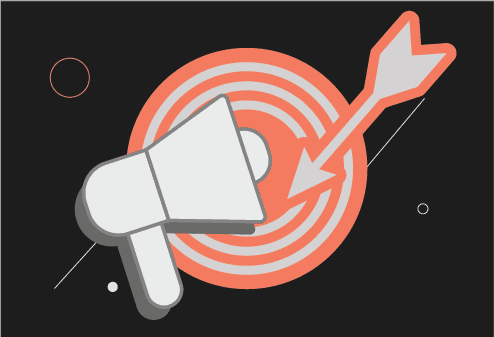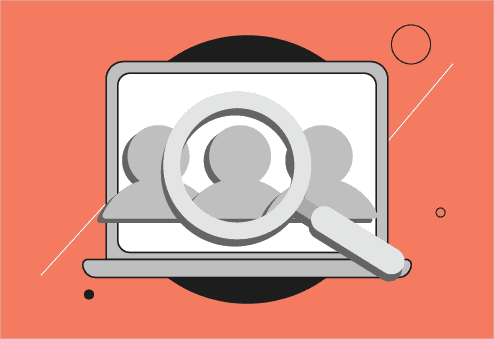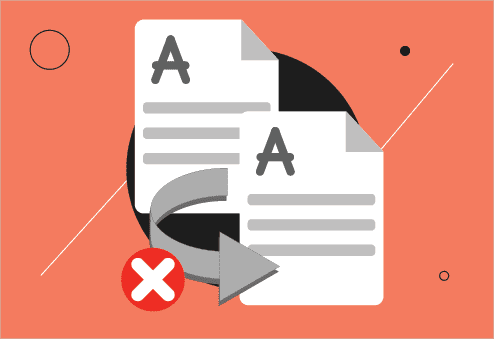WordPress is one of the most versatile CMS platforms available, but as your business scales, managing multiple websites can become a challenge. Enter WordPress Multisite, a powerful feature that lets you manage a network of websites from a single WordPress dashboard. But is it the right solution for your business?
In this guide, we’ll break down the pros, cons, use cases, performance considerations, and tips to help you make an informed decision.
What Is WordPress Multisite?
WordPress Multisite allows you to create and run multiple websites under one WordPress installation. Each site within the network can have its own domain, content, and user base, but everything is managed from a centralized dashboard.
Businesses with regional websites, SaaS companies offering client portals, or e-commerce brands managing multiple stores often turn to Multisite for better scalability and control. A trusted WordPress development company can help set up and customize a Multisite network to match your specific business needs.
Advantages of Using WordPress Multisite
WordPress Multisite offers a powerful way to manage multiple websites from a single dashboard. It’s ideal for businesses, schools, or networks that need centralized control with flexible site management. If you want to set up or optimize this system efficiently, you may need to hire a WordPress developer.
Centralized Management
With one admin panel to manage all sites, tasks like plugin updates, theme installations, and user management become more streamlined. This is especially beneficial for agencies or enterprises handling multiple web properties.
Cost-Efficiency
Instead of hosting and maintaining multiple WordPress installations, you can run all sites on the same server,potentially reducing hosting costs. This is where exploring cloud hosting prices and flexible pricing plans becomes crucial. Multisite networks can scale more efficiently when hosting providers offer tiered plans that grow with your network’s size and traffic demands especially when combined with professional WordPress maintenance services to ensure smooth performance and security.
Consistency Across Sites
If you want uniform branding or shared themes/plugins across different sites, Multisite ensures consistency while still allowing individual customizations.
Streamlined User Management
Administrators can easily manage users across all sites with a single login, giving team members or clients the appropriate access without juggling multiple credentials.
Disadvantages and Limitations
While WordPress Multisite is convenient, it comes with limitations, like plugin conflicts, complex user roles, and potential server strain, that may not suit every setup.
Complex Configuration
Setting up WordPress Multisite, especially with domain mapping, requires a higher level of technical expertise than a standard WordPress site. You may need to modify server configurations and DNS settings. Performing a DNS lookup is an essential step in this process, as it verifies that domain names resolve properly to your server’s IP address, helping prevent site accessibility issues and ensuring a smooth multisite experience.
Plugin and Theme Compatibility
Not all plugins and themes are compatible with Multisite. It’s crucial to test compatibility before scaling. Additionally, activating plugins network-wide means changes affect every site, which limits flexibility in certain use cases.
Single Point of Failure
Since all sites share one WordPress installation, a security breach or technical failure can potentially impact the entire network. For this reason, a fully managed WordPress hosting provider with advanced security features is highly recommended.
When Should You Use WordPress Multisite?
- You manage multiple regional or language-specific websites.
- You run a SaaS platform with multiple client portals.
- You own a franchise or multi-brand e-commerce business.
- You want centralized control over several microsites or blogs.
- You are an agency or developer managing client websites from one dashboard.
- You offer SaaS services where sub-sites (like client dashboards) are a value proposition.
When to Avoid WordPress Multisite
- Your sites have vastly different technical requirements.
- You want complete separation for security or compliance reasons.
- Your hosting environment isn’t optimized for high-resource networks. Consider Kinsta alternatives that provide scalable cloud solutions.
- You plan on offering completely distinct businesses (with different teams/clients).
Performance Tips for WordPress Multisite
- Choose Scalable Hosting
Ensure your hosting providers can handle high traffic and database load. Look for SSD storage, caching layers, and CDNs. Solutions like Rapyd Cloud are designed to support complex Multisite environments. - Optimize Your Database
Use plugins like WP-Optimize to clean up your database regularly and reduce bloat. Optimize tables across subsites to ensure smooth queries. - Enable Object Caching
Implement Redis or Memcached to improve backend performance across the network. This reduces server load and speeds up dynamic content delivery. - Use a Content Delivery Network (CDN)
Distribute assets globally to reduce server load and improve load times for all sites within the network. - Leverage WooCommerce Managed Hosting
If you run e-commerce sites within your Multisite network, opt for WooCommerce managed hosting to ensure optimal speed and security tailored for online stores. - Regular Backups
Schedule automated backups and store them offsite to protect against data loss. Consider a multisite-compatible backup plugin like UpdraftPlus Multisite. - Monitor Site Performance
Tools like New Relic and Google PageSpeed Insights can help monitor and troubleshoot performance bottlenecks. Monitor both network-wide and individual site performance metrics. - Delegate Site Admins Cautiously
Use the built-in Super Admin / Site Admin roles carefully. Give users the minimum required access to reduce risk and improve management efficiency.
Common Use Cases for WordPress Multisite
Multi-Regional Websites
Companies targeting multiple geographic regions can create localized websites under one network while maintaining brand consistency. This is ideal for global SaaS brands managing region-specific content or landing pages.
University or Educational Institutions
Educational bodies often use Multisite to manage sites for departments, faculties, and student portals. Each department has autonomy while maintaining central IT control.
Franchise Businesses
Business like blinkit franchise, wow momo franchise etc, with multiple locations can give local branches their own site while ensuring centralized control over branding and operations. Marketing campaigns and offers can be localized easily.
SaaS Platforms with Client Portals
A SaaS business offering client-specific dashboards or portals can leverage Multisite for efficient management. It allows clients to have personalized environments under a central infrastructure,ideal for B2B SaaS.
Digital Marketing Agencies
Agencies can streamline management of client websites from one dashboard, reducing operational overhead. Learn more about SaaS marketing strategies to scale such services effectively.
Conclusion
WordPress Multisite offers powerful benefits for businesses managing multiple websites, but it’s not the right fit for everyone. By weighing the pros and cons, and following performance best practices, you can make an informed decision that aligns with your business goals.
If you’re considering WordPress Multisite, make sure your hosting can handle the demand. Hosting solutions like Rapyd Cloud provide the scalability, speed, and security needed to support complex multisite networks.




